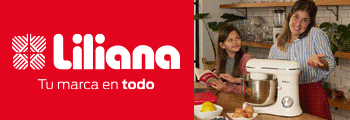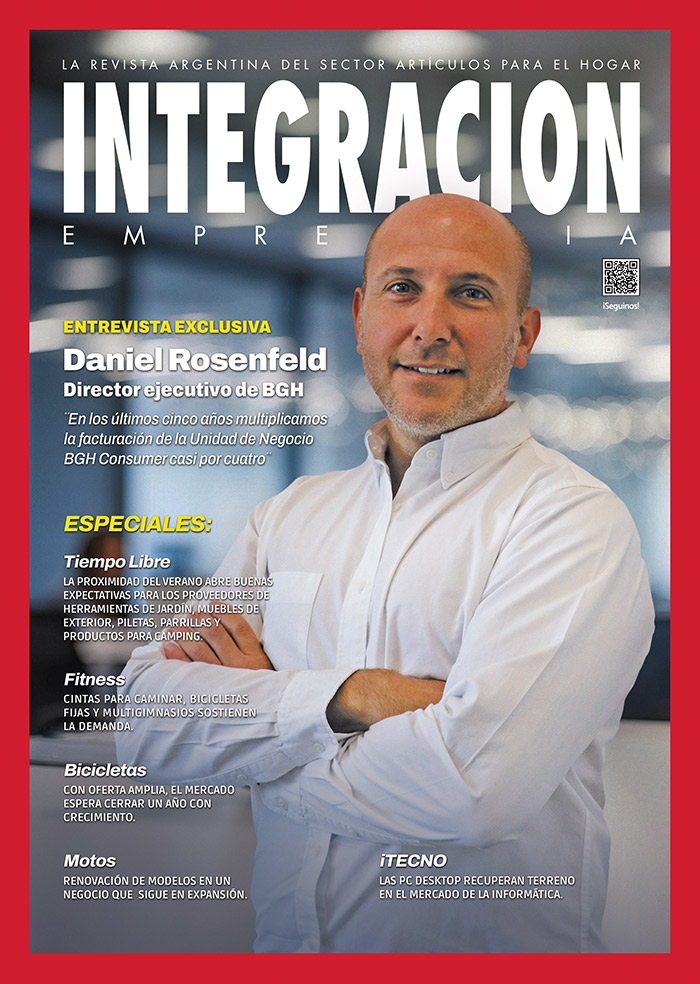Cover note: Guillermo Sanz, vice president of Mabe Argentina: "Mabe has the focus on the value proposal, and in a long -term vision"
We talked with the Vice President of Mabe Argentina on the white line market in the new economic scenario and the positioning of the company, which is about to inaugurate the kitchen production plant.

Rodolfo pollini rdpa2005@gmail.com
We talked with the vice president of MABE ARGENTINA ON THE LIC MARKETNea Blanca in the new Econó stagemyco and the positioning of the company, that is about to inaugurate the plant of kitchens production.
We come from a 2024 that had a first part with a strong drop in the markets and then a recovery beginning. That initial impact must have been stronger on the highest ticket products, such as those of the white line. How did you see it?
It was as you say. In the first four months of the year we had a 40% drop and then the MerCado did a significantly faster recovery than what we expected. As of May there was a turning point and the quotas appeared, which were a key factor to boost demand. In addition to the decline in inflation and interest rate, banks began to have a more active role by giving some specific promotions. When the market fell 40% we expected a longer recession, perhaps more similar to what had to live on mass consumption, which is just finding the floor. Durable goods recovered when the financing started and the year must have ended at -15% or -17%, depending on the category.
When sales go down there are brands or products that you can play with the price, but in the case of the first brands, and very consolidated das, lowering the price can create a perception of low value. In that first part of 2024, how did you see companies, in general, working to maintain balance between market drop, prices and profitability margins?
We do not believe that lowering prices can fight a recession. When a market is recessive, when the consumer runs, you do not improve promotions or lowering prices. When the demand disappeared for four months, we kept our price equation, profitability and market positioning, with respect to those who sell above and those who sell below. We never alter our positioning to respond to a demand crisis.
It was preferable to endure the storm and not have to go out to try to recover that position, something that is not always achieved. We decided to endure the storm and take great care of the working capital. We had to stop the factories many days because we had a lot of inventory at the end of 2023, and when the market began to react we could also react quickly to supply it. Regardless of positioning, our participation numbersMarket tion had no changes and stayed at the same levels of 2023.
On the other hand, lowering the price implies the risk of falling into the typical wars from which it is difficult to get unharmed.
We never went into price wars, we prefer to stay faithful to our value proposition and when we believe that this value proposal is consistent, we hope, because if the demand is not, it is not, but then it returns.
What happened to the demand, both the one that remained active and the one that was later returning? Are there differences of behaviors, such as buying again but privileging more the price against higher products specifications?
In general, and relatively against other prices of the economy, those of the white line products ran well below inflation and that gave the consumer a special attraction. That said, we see that demand is still very concentrated in low tickets, but this rearrangement of relative prices is also giving more attractive segments to the medium and high segments, including high -end products.
And it would be necessary to add, within that scenario, a deepening of the competition between the banks, which already began to occur and would have to derive in more quotas to give greater access to the products.
Yes, it will depend on more quotas and also that the limits that credit cards have, because today it is normal to see many people paying the same purchase with two or three cards. Credit scarcity remains a strong limiting to expand the market.
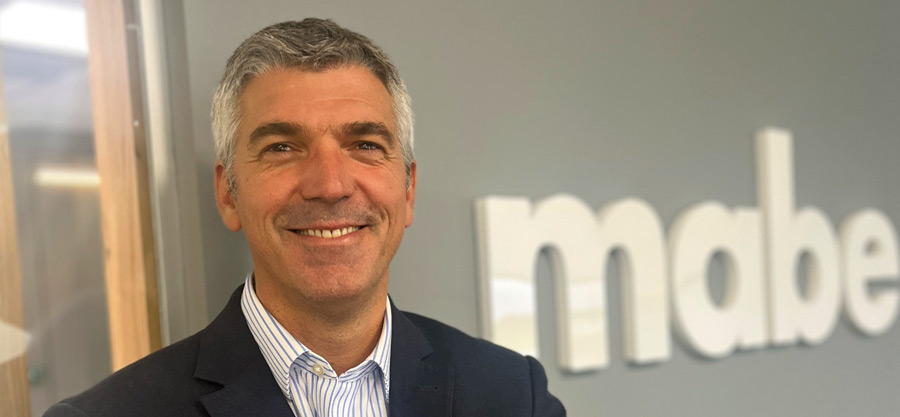
Traditionally, the Argentine washing machine market had a preference marked by frontal load models. Do you see any factor that affects that or tends to change over time?
In general, we did not see changes in the distribution of the types of washing or in the formation of the demand. Yes, we notice that in recessive moments the automatic Asian upper cargo models expand a bit, which are usually below the front, but there is a cultural trend towards European products already very consolidated in the market and that it also moves to the recessed products, such as ovens and anafes.
What participation does the front washer?
Within the automatic washing family, the number ranges between 65% and 70% in units; In values the weight is greater.
Within the white line, globally, products that the Argentine market does not absorb, or that have a very low penetration in relation to other countries, either because of the type of use or by the level of its prices?
A case can be the dishwasher, an appliance to which in Argentina it is very difficult to overcome the 50,000 units barrier. We have operations in Canada, a country with a population similar to ours, and there the market is 900,000 units. Clearly, this is influenced by the ability to access credit and the level of admission of households, but it gives you an idea of the growth potential that has a high or high half -end product such as the dishwasher.
In this magazine we made several surveys of this category and we saw that marketing was not worked as a low penetration product and there was doubt about whether the low penetration is due to lack of communication. You still have to do a lot of evangelization, give the consumer more information about the benefits that this product has, because the one who tries it does not leave it anymore. There is a subject of consumer idiosyncrasy and you have to overcome barriers and paradigms. The Lavasecarropas, for example, is a category that in the Chilean market grew exponentially and in Argentina has much to grow. 50,000 units per year are sold in a market of 950,000 automatic washing machine; A very very penetration that opens a huge opportunity to expand the market.
Is it a cultural or price issue?
I think we are still in a repo marketsition, in which people think long before buying an appliance, tries to repair everything that can be and covers more basic needs. It has to do with the precarization of the market, with a real salary punished for a long time by inflation. Before thinking about an increase in quality we have to recover the amount of market. Think that in ice cream makers the Chilean market is almost 500,000 units and we in 900,000, when adjusted by population we should be above 1,100,000.
We see that precarization in each crisis with the growth or, at least, the lower the fall of the semi -automatic washing machine.
Completely. Last year what fell was semi -automatic. We have been the hypothesis for years that this segment will tend to disappear, and remains stable.
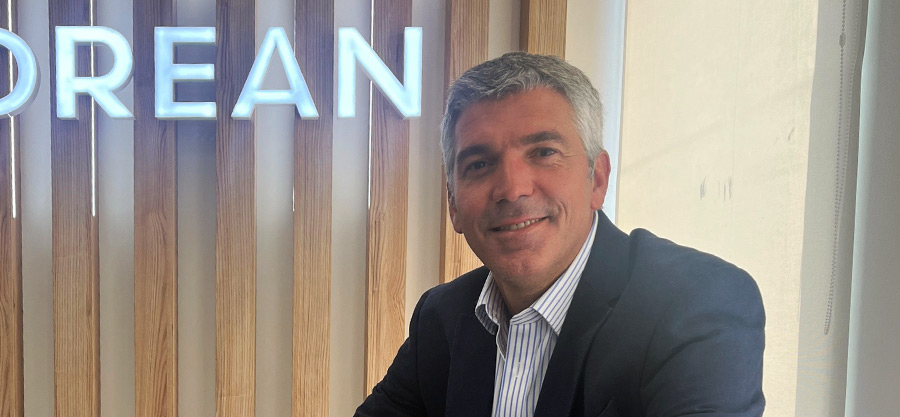
What do you see in the market regarding the changes produced in business models? I refer to the strong installation of omnichannel, very accompanied by consumers, and if the economic impact of 2024 had any effect.
I think that in general the plans of the companies were already armed previously. A catalyst to develop electronic commerce was pandemia. From there, we all continue to promote online sale, retail and manufacturers, which we also have direct sales channels to consumers. In this I still see sustained growth. We 5% of the sale are made directly to the consumer, and in other markets where we operate that number reaches 25%.
The client looks for you in any of the channels.
And you have to be in all and be active.
How many lines do they work today and with how many products?
As online white specialists we cover cooktion, cooling and washing and between the three we have about 120 active skus. That is the business of the business. Then there is another family of products, which we call global, which covers freezers, microwaves, air conditioners and purifiers.
In kitchens they are taking an interesting step by enabling their own production.
Yes, it is the category where we have the greatest opportunity for growth.
What state is that project?
We will leave at the end of March with a very complete linear. We start the manufacture with a new platform and we will sell in the low, medium and high segments with a portfolio of 7 models that will be extremely winner for its value proposition, which today does not exist in the market. We are very optimistic about the performance of this linear, with which we will complete a very important fortress. We will be the only ones to have the three major categories of the White Line. We have the San Luis ice cream factory, two factories in Córdoba where we manufacture automatic, semi -automatic and dryers and now the kitchens, also in Luque.
What Share have with each of the lines?
In cyclic frosts we have a 30% participation and in no Frost between 10% and 15%. In automatic washing we are leaders with 50% of the market and in kitchens today we are a very small player, but we aspire to reach 20% of the market in the 56 centimeters segment. We have a lot of confidence in the portfolio and the power of Drean, a very versatile brand, with great conversion power and that did not exist in refrigeration when we made the decision to replace nothing less than an flagship brand as Patrick. However, the demand reacted in a totally natural way and migrated linearly.
How is Frost category behaving in refrigeration?
With exponential growth. It was a category limited by the offer, but with the opening of imports, about 40,000 per month are entering. About 45,000 were sold in January, in a month in which the distribution was 63% cyclic and 37% not frost. The Argentine market still has an important critical mass of cyclic frosts, which in Chile and Brazil is practically not sold.
How do you see inverter technology that expanded a lot in the white line?
Inverter came growing in a sustained way. In the air conditioners we saw a lot of information campaign. Washing and cooling were also in that line, washing more deeply. Today, from the supply of automatic washing machine from the average segment up to almost everything is inverter, and within our frontal cargo washer porter a single sku is not.
Are there already talk of artificial intelligence within the white line industry?
There is a growing trend towards the adaptation of AI within the industry, seeking to improve functionality and efficiency. Smart products are still encapsulated within the high segment. I think that the Argentine market still has a long road to go, we still have a lagged park and delayed energy efficiency. The developed world has much deeper technological advance than the one we see in the local market.
How do you see this opening to imports? Is it a worrying factor?
The opening of now worries us, but not in itself, but because of the magnitude with which it is taking place. Many players who were not in the category are starting to import, everyone is thrown into the same pool and that can generate an excess of supply that the market does not naturally absorb, resulting in erosion of margins and profitability problems in the market. We are worried about that. It is very high numbers that we are seeing and it will be a 2025 with many brands and imports, but I think it will be naturally purified and in the end the brands that have more complete value proposals will prevail. After -sales service is a Key variable in this market and not all importers have a support network.
At the same time, you maintain a constant position with exports.
We always maintained a commercial team to attend the Mercosur markets, mainly Bolivia, Paraguay and Uruguay thinking about Argentina as an export beer for the region. This helped us stay competitive, to understand what international prices are and I think it is also helping us to face this opening scenario better. In the global billing exports weigh little, because they are small countries, but maintaining export was always a very good gymnastics.
What percentage of the total operation allocates to exports?
Today they represent 3%, on a total sale of one million units per year. But Mabe has the focus on the value proposal, with a long -term vision, reliable for the consumer, of operational excellence, with scale and volume factories and a very high vertical integration.
Sustainability already weighs strong in the organization of companies. How do they handle it?
We have worked in sustainability for years with a specific team, and that agenda is one of the pillars of the operational excellence model that I told you. In each project we seek to reduce energy, gas and water consumption. For example, since December 2024, 50% of the energy demand of the San Luis plant is renewable.
Latest news
Outstanding sector


